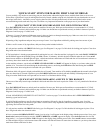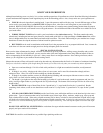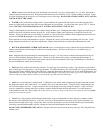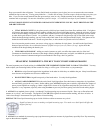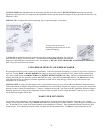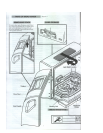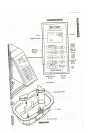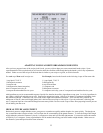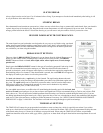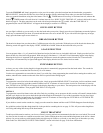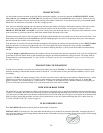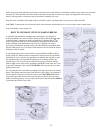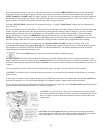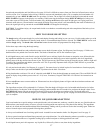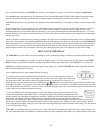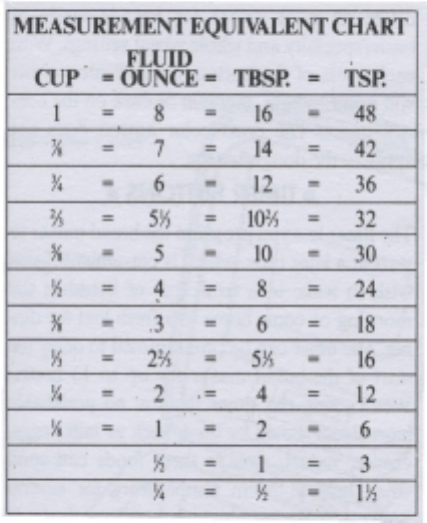
11
ADAPTING YOUR FAVORITE BREAD/DOUGH RECIPES
After you have prepared some of the recipes in this book, you may wish to adapt your own conventional bread recipes. Some
experimentation will be required and you will need to check the condition of the dough during the knead cycle for any adjustments
needed. Either use on of the recipes in this book that is similar to your recipe as a guide, or use this formula:
For each cup of flour used in recipe use: For Example, based on the formula to the left using 4 cups of flour start with:
⅓ cup liquid, 75-85° F 1⅓ cups liquid, 75-85° F
½ tablespoon sweetener 2 tablespoons fat
½ teaspoon salt 4 cups of bread flour
½ tablespoon fat (butter/margarine) 1½ teaspoons salt
scant ¾ teaspoon active dry or 2 tablespoons sweetener
½ teaspoon bread machine/fast rise yeast 2¼ teaspoons active dry yeast or 2 teaspoons bread machine/fast rise yeast
Add ingredients to pan in recommended sequence: liquids first, then fat, then all dry ingredients except yeast. Level dry ingredients in
pan. Make a slight well and add yeast to well. Program for appropriate setting. After 8 to 10 minutes of continuous kneading, check
the condition of dough. It should be soft, a bit sticky with a slight smear under the knead bar. If too wet and sticky, add one (1)
tablespoon of flour at a time until dough gathers into a ball and does not cling to sides of pan. If too dry and motor is laboring, add
one (1) teaspoon liquid at a time until the dough becomes more pliable. Do not exceed 4 cups of flour when preparing bread to prevent
it from baking into the cover.
HIGH ALTITUDE ADJUSTMENT
Reduced air pressure at high altitudes causes yeast gases to expand more rapidly and the dough to rise more quickly. The dough can
rise so much that when it begins to bake, it will collapse due to overstretching of the gluten structure. To slow the rising of the dough
at high altitudes, reduce the amount of yeast by ¼ teaspoon at a time until you find the right amount. You can also reduce the amount
of liquid by 2 to 3 teaspoons. Some experimentation will be needed when using your bread maker at high altitudes. Make notes on
the amount of yeast and liquid used for future reference.



